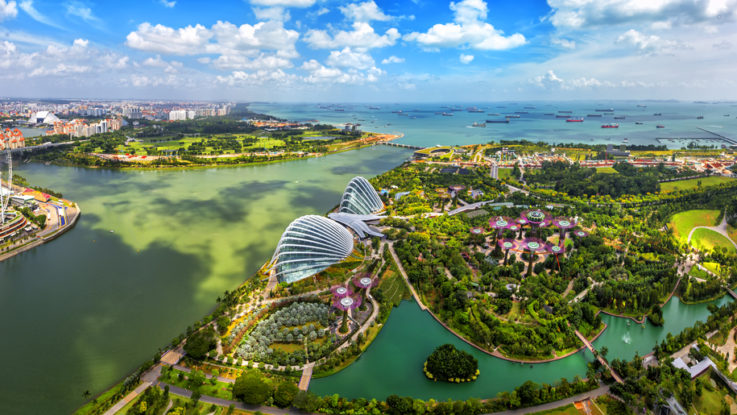
Agritecture.com – a site devoted to the art, science, and practice of incorporating agriculture into the built environment – recently reported on the top 10 cities for urban ag. Many of these cities are promoting urban agriculture through allocation of unused/underused public land, training programs, and the distribution of free plants. Some notable city programs and initiatives include:
- New York City – despite its high cost of land and lack of space, NYC has over 550 community gardens on city property, over 745 school gardens, and over 700 gardens at public housing developments. The city has always focused on education and repurposing abandoned spaces. For example, The GrowNYC Teaching Garden is a 21,000-square-foot (~ 1951 sq. meters) urban garden which hosts workshops and events for agricultural education;
- Victoria, B.C., Canada – the city’s “Get Growing, Victoria!” program distributes free food seedlings to support communities disproportionately impacted by Covid-19 in a bid to increase community resilience and food security;
- London, England – Green Lab is the city’s first agritech incubator workspace for urban farming entrepreneurs. Its mission is to radically change the way food is produced and consumed and to catalyse new sustainable food systems;
- Dubai, UAE – the megaproject, Sustainable City, highlights the possibilities of urban agriculture in a desert environment by including 11 natural ‘biodome’ greenhouses, 32,300 square feet (~ 3000 sq. meters) of outdoor urban farms, and individual garden farms for local food production; and,
- Singapore – the Community in Bloom initiative has led to the construction of 1,500 community gardens, and the conversion of an entire national park into allotment gardens, themed gardens, and educational workshops for urban farmers.